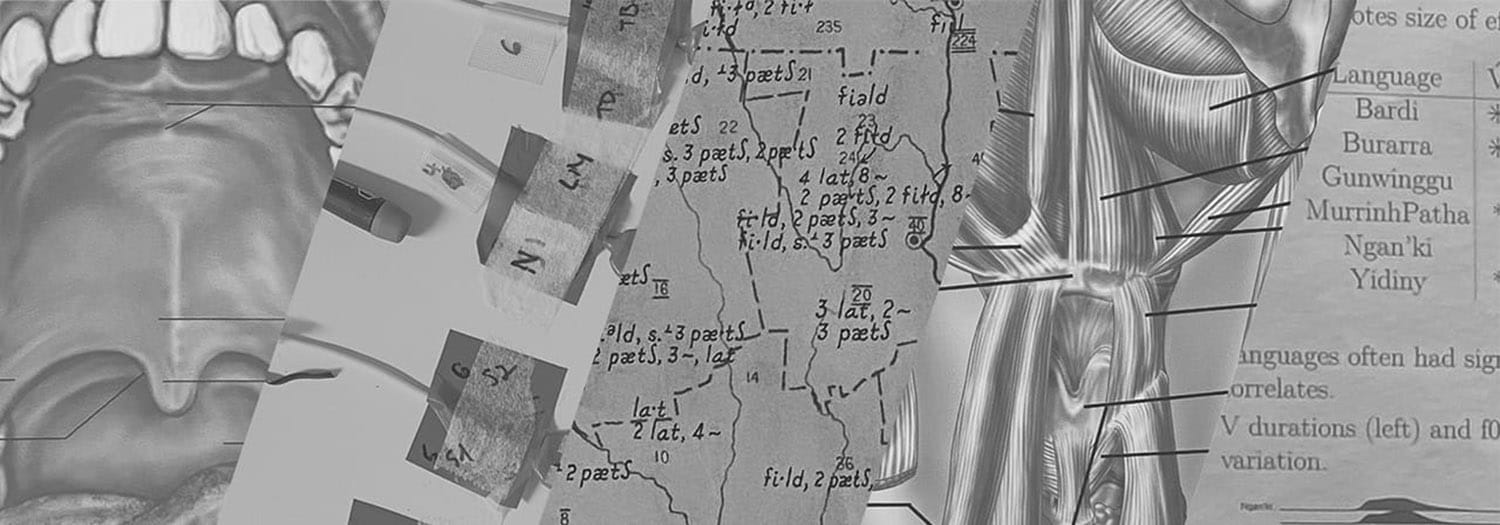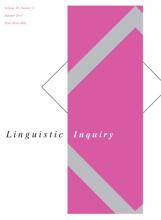Papers on Icelandic syntax published in Linguistic Inquiry
Two papers by Assistant Professor Jim Wood on the syntax of Icelandic appear in the latest edition of Linguistic Inquiry.
The first paper, Icelandic Object Extraposition Is Still a Problem for the Movement Theory of Control: A Reply to Drummond and Hornstein, appears in the Remarks and Replies section. The paper presents an argument against the Movement Theory of Control (MTC), a theory of how the relationship between subjects, objects, and verbs is established. For example, consider the following sentence, from Thráinsson (1979).
- Þeiri ákváðu að heimsækja Ólaf.
‘They decided to visit Olaf.’
Here, they is the subject of two verbs: decided and visit. According to the MTC, this is possible because they starts out in the embedded clause (decided they to visit Olaf), and then moves to the main clause. In an earlier paper, Jim argued against this theory on the following basis. In certain cases, a pronoun corresponding with the main subject can be added to an embedded clause. For example, the sentence above can be rewritten by adding the pronoun það ‘it’.
- Þeiri ákváðu það að heimsækja Ólaf.
‘They decided (it) to visit Olaf.’
Previous research has shown that movement is not possible when such pronouns are present. However, in the second sentence, they is still the subject of both decided and visit. This suggests that, contrary to the MTC, movement is not responsible for establishing the relationship of they with the two verbs. The current paper is a response in opposition to a proposal by Alex Drummond of Queen Mary University of London and Norbert Hornstein of the University of Maryland that the MTC may be correct for Icelandic in spite of Jim’s argument.
The second paper, Clause-Bounded Movement: Stylistic Fronting and Phase Theory, was co-authored with Anton Karl Ingason of the University of Iceland. This paper concerns stylistic fronting, a grammatical construction in which certain words can move to the left of a finite verb. For example, in the following sentences from the paper, the verb stolið ‘stolen’ moves to the left of the auxiliary verb hefur ‘has.’
- Bókin sem hefur verið stolið er afar verðmæt.
‘The book that has been stolen is very valuable.’ - Bókin sem stolið hefur verið er afar verðmæt.
‘The book that stolen has been is very valuable.’
Phase theory is the idea that sentences are constructed in multiple steps, known as phases. In each phase, a specific type of phrase is constructed. While most linguists agree that the construction of a complementizer phrase (CP) forms a phase, which other types of phrases are constructed in a phase is an open question. Jim and Anton’s paper begins to answer this question for Icelandic by observing when stylistic fronting is allowed and when it is not. They notice that stylistic fronting is only possible when the movement crosses at most one boundary of a CP or of a little-v phrase (vP). According to phase theory, movement can only cross at most one phase boundary at a time. Therefore, Jim and Anton conclude that vPs, in addition to CPs, are constructed during a phase.
Volume 48, Issue 3 of Linguistic Inquiry, was published on July 10, 2017. The full issue, including Jim’s two papers, are available from MIT Press.


